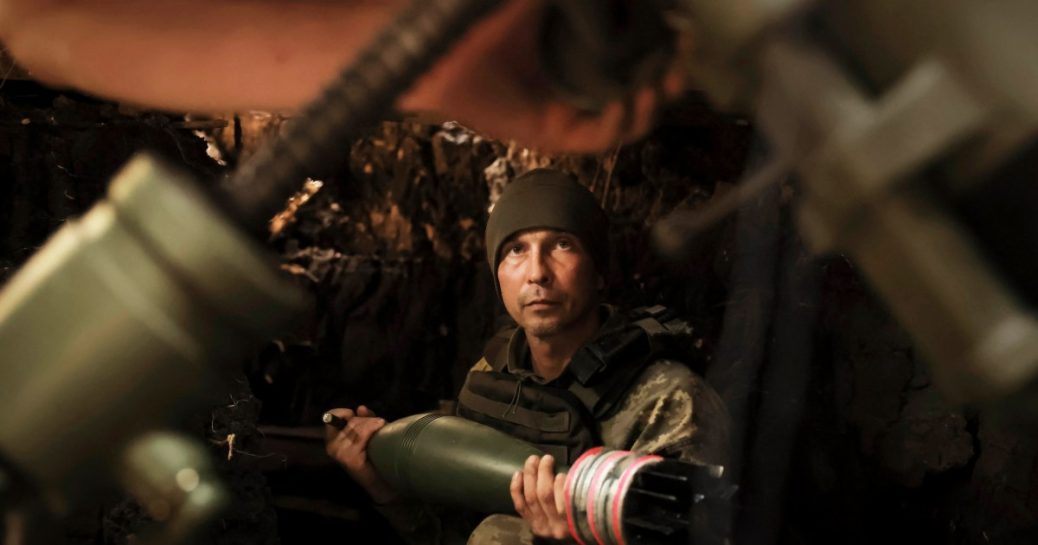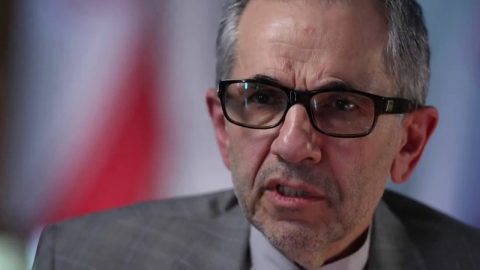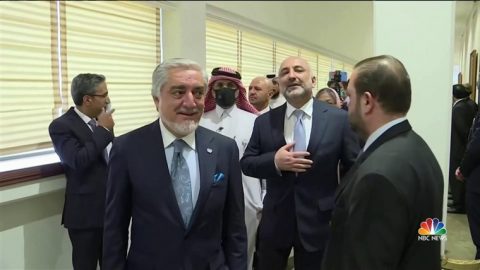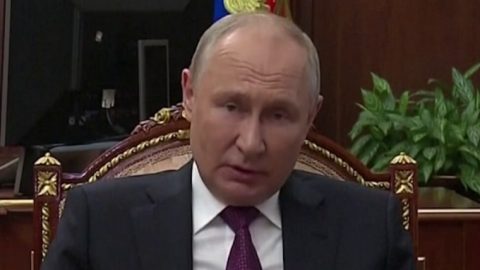
“The challenge is that a plausible timeline for getting to a real ceasefire is just longer than two weeks or two months,” said Samuel Charap, the Distinguished Chair in Russian Policy at the Rand Corporation, a California-based public policy think tank.
Charap added that in the absence of a regular negotiating format, there was also little clarity over whether the deadline could produce any serious results.
“The president sees this as something that could, can and should be finished and dealt with immediately, and that is just not the nature of the way this war is going to end,” he said.
The White House now faces the question of whether the openly cordial relationship between Trump and Putin has failed to achieve the ceasefire it promised, instead emboldening the Kremlin.
Now senior U.S. officials are now ramping up pressure on Trump to consider tougher measures against Russia.
That includes imposing new sanctions on Moscow, which Trump said Sunday he would “absolutely” consider, before contradicting himself Wednesday, saying “I don’t want to screw it up by doing that.”
But Trump may not have a choice if the Senate’s Russia hawks get their way and succeed in passing a bipartisan bill that includes a 500% tariff on buyers of Russian exports, including oil.
Sens. Lindsey Graham, R-S.C., and Richard Blumenthal, D-Conn., said last week that their putative bill had 81 co-sponsors, before Graham underscored his point in a Wall Street Journal op-ed published Wednesday.
In it, Graham warned the Senate would take action “if Putin continued to play games,” adding, “I’m hoping for the best, but when it comes to the thug in Moscow, we should all prepare for more of the same.”










Recent Comments